- China and Afghanistan are unlikely neighbors who share a tiny 46-mile border most of which runs 5,000 meters above sea level atop the Pamir mountains.
- The tale of how it came to pass is fascinating, and is the product of hundreds of years of geopolitical tensions in the region.
- There is only one way to cross the border, through the Wakhjir Pass, a key part of China’s Silk Road trading route in the early middle ages.
- Here’s how they came to be neighbors – via Soviet invasion and British Empire rule – and why they share such a small border.
- Visit INSIDER’s homepage for more stories.
China and Afghanistan are not immediately recognizable as close neighbors. But sandwiched Pakistan and Tajikistan, is an inaccessible 46-mile border which is mostly more than 5,000 meters above sea level.
Afghanistan has been a close, if troublesome, ally to China is recent decades. Relations between the two have avoided the tensions sparked by the repression of the Uighur Muslim minority, many of whom live near the Afghan border.
From the Silk Road trade route which lasted 1800 years, to the expansionist British Empire in the late 1800s, here’s how this unlikely border came to being.
China is bordered by 14 neighboring states — more than any other country — one of these is Afghanistan.
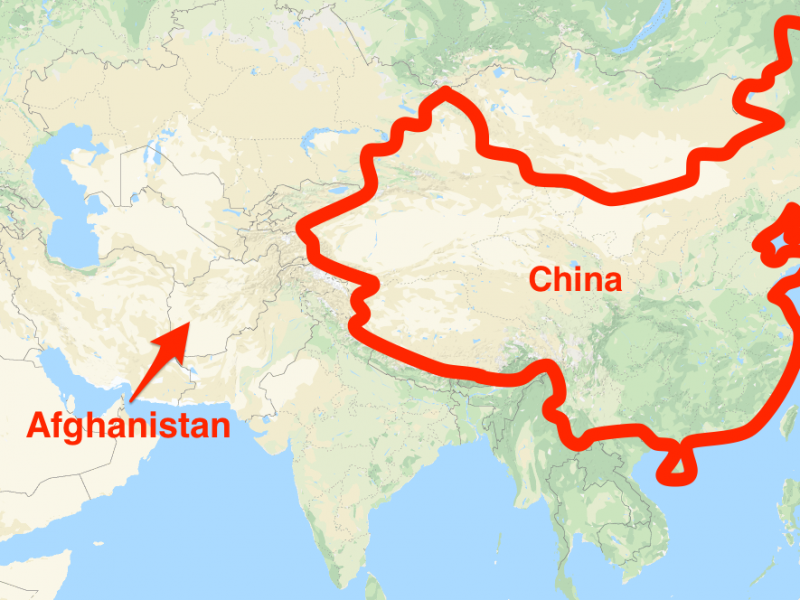
The main difference between this border, and the other 13 surrounding China, is that it is only 46 miles long.
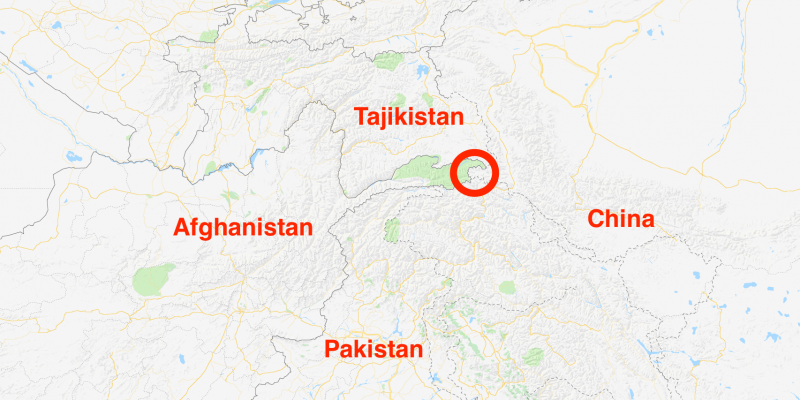
Crossing between the two nations is dramatic for more reasons than one. Stepping across the border from Afghanistan to China jumps you forward 3.5 hours, the largest time change of any border in the world.
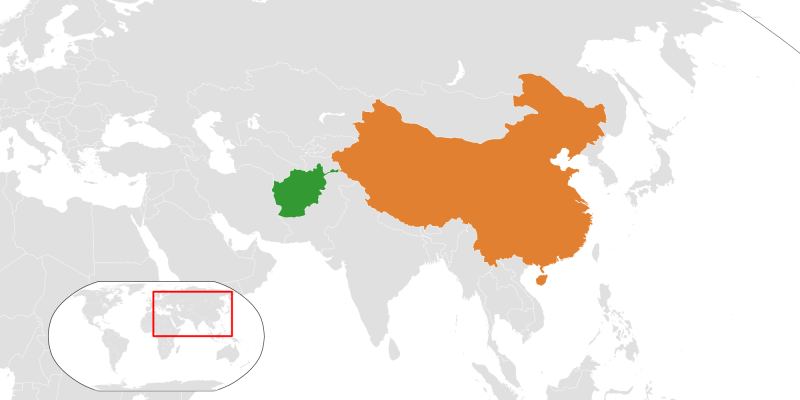
This is because China, despite its huge size, only has one timezone. This dates back to 1949, when Chairman Mao Zedong combined the zones to aid “national unity.”
The border as it exists today was ratified by the two states in 1963, but it has existed in its current form since 1895, when the British and Russian empires reshaped Afghanistan's borders to act as a buffer zone.
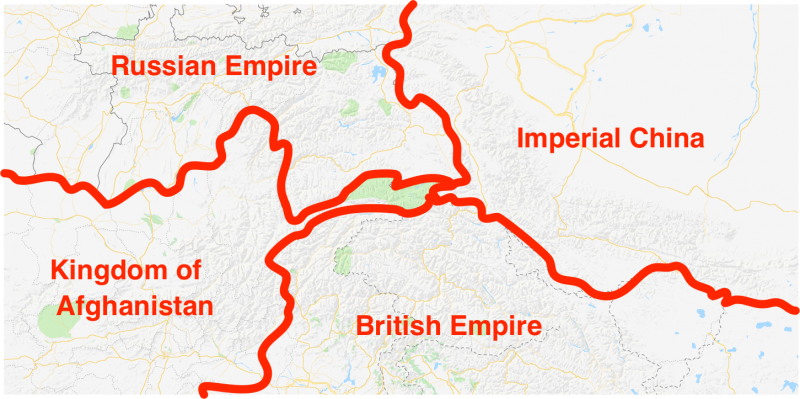
"The Great Game," as it was known, was the strategic battle for the Middle East and subcontinental Asia during the 19th century.
Britain feared Russia would try to steal India from under its nose, but was ultimately able to hold onto to the nation known as the "jewel in the crown" of the British Empire.
Leading up to 1895, the British and Russian Empires fought it out for control. The Kingdom of Afghanistan was caught in the middle, and had recently fought the British in the Second Anglo-Afghan War of 1878.
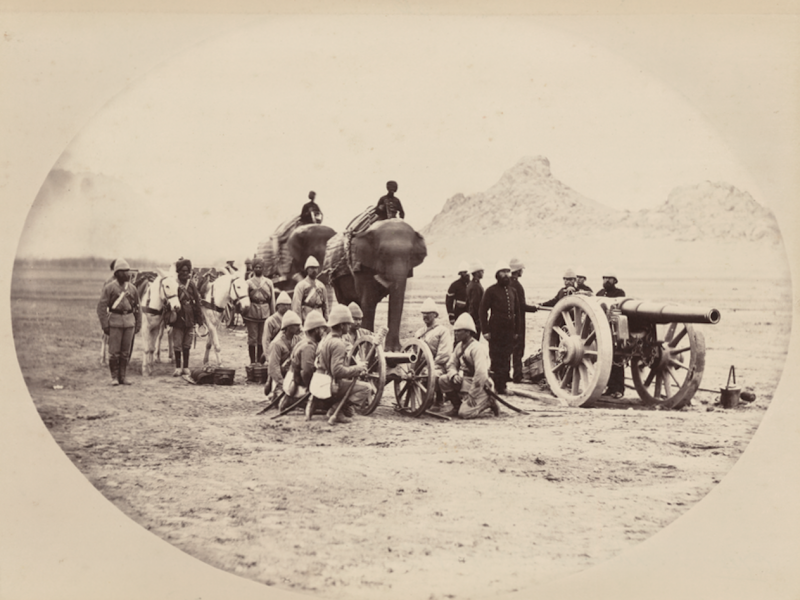
Afghanistan lost that conflict. Though it fell under the sway of Britain, it was not formally colonized.
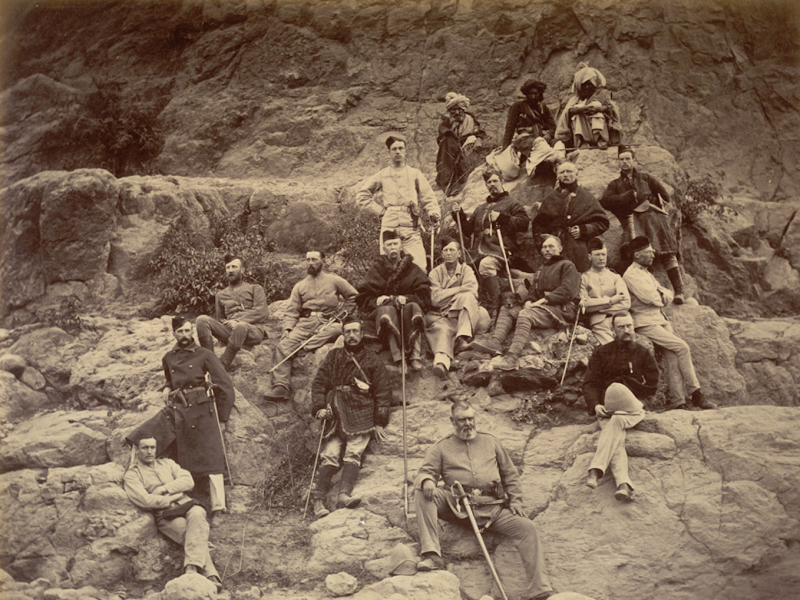
Five years after the end of the war, the British and Russians decided to use part of Afghanistan as a buffer between them — now called the Wakhan Corridor. The decision was made by the Pamir Boundary Commission in 1895.
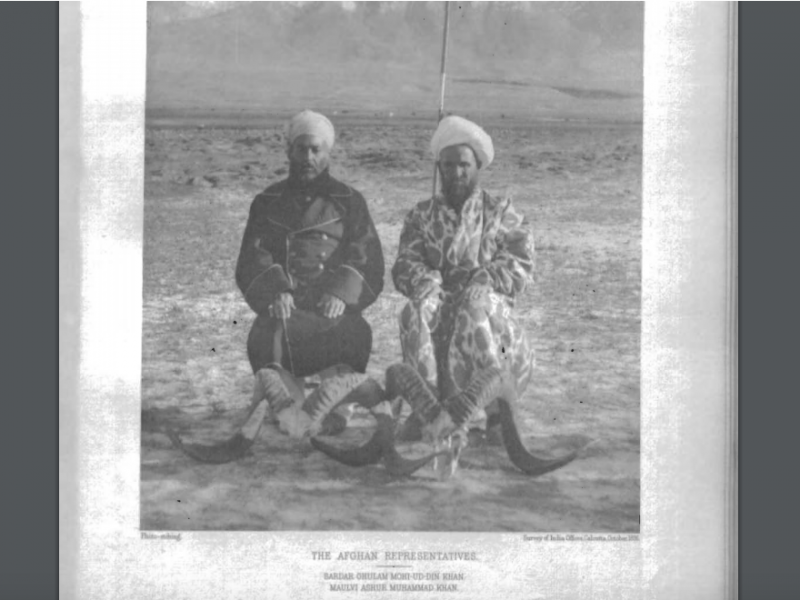
Right at the east end of this 185-mile-long Corridor buffer – now between modern day Pakistan and Tajikistan – is China.
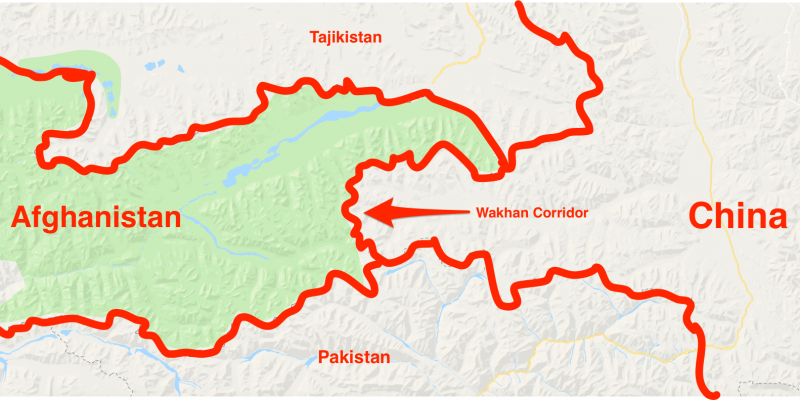
The only usable access point is at the south-eastern end of the corridor, and is known as the Wakhjir Pass.The rest of the border is an inhospitable mountain range.
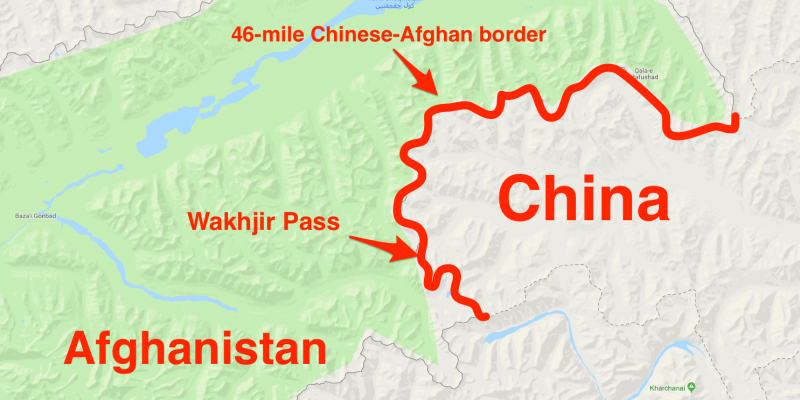
In fact, the pass is the lowest point along the whole border, but is still 5,000 meters above sea level.
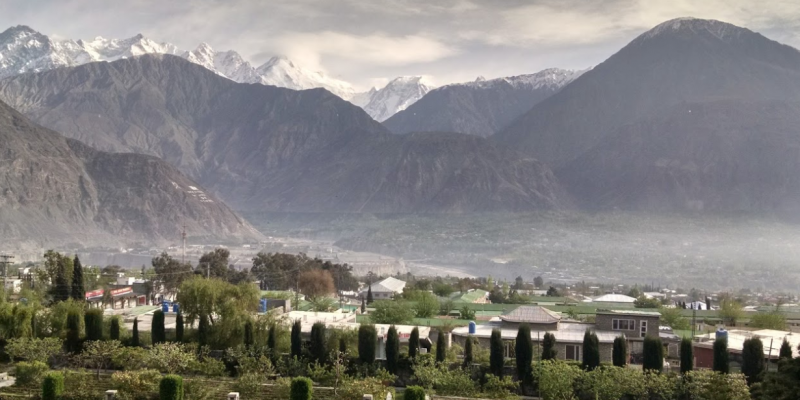
Long before the British Empire, the pass was a key part of the Silk Road, a trade and travel route extending from China to Turkey, and even onto Europe for 1,800 years.
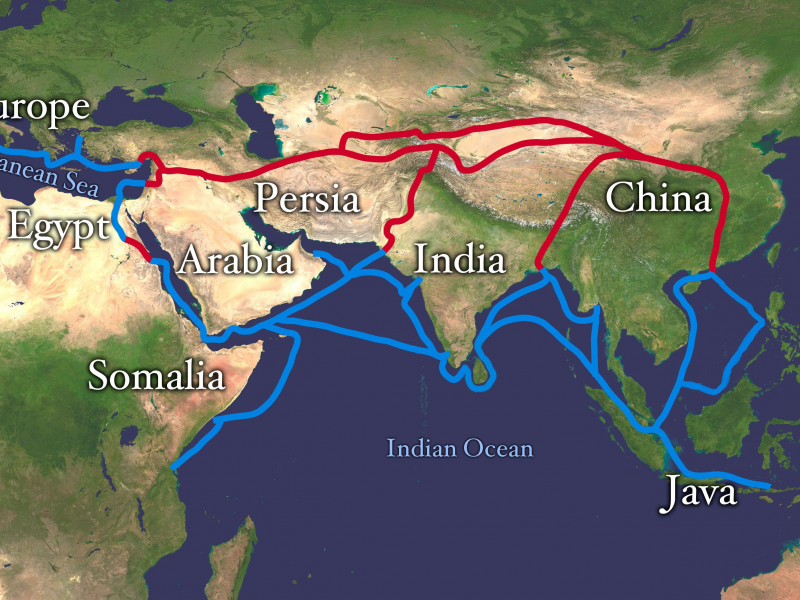
The famous Venetian explorer Marco Polo, who lived in the 13th and 14th centuries, crossed the pass on his way through the Pamir mountain region.

The border region is sandwiched between the impressive Hindu Kush, Karakorum, and Pamir mountain ranges.
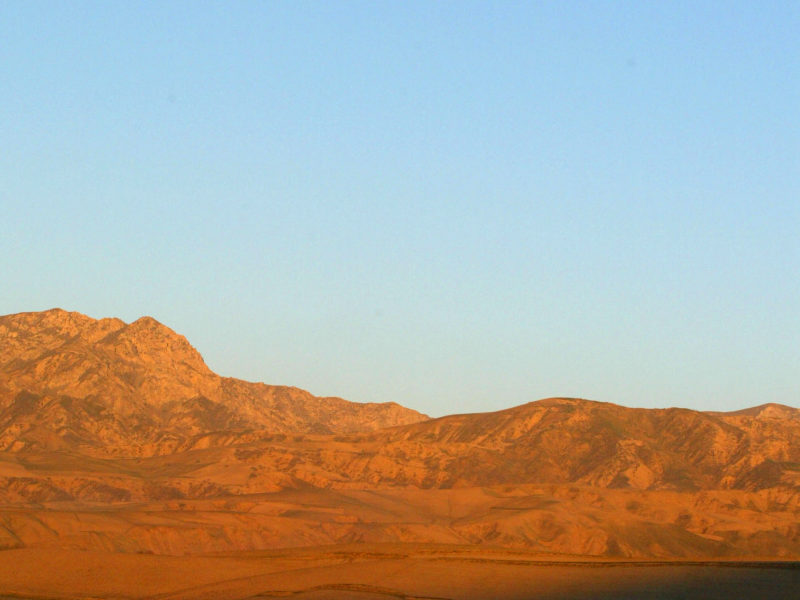
On both sides of the border, mountains and vast plains make it ill suited for dense human habitation.
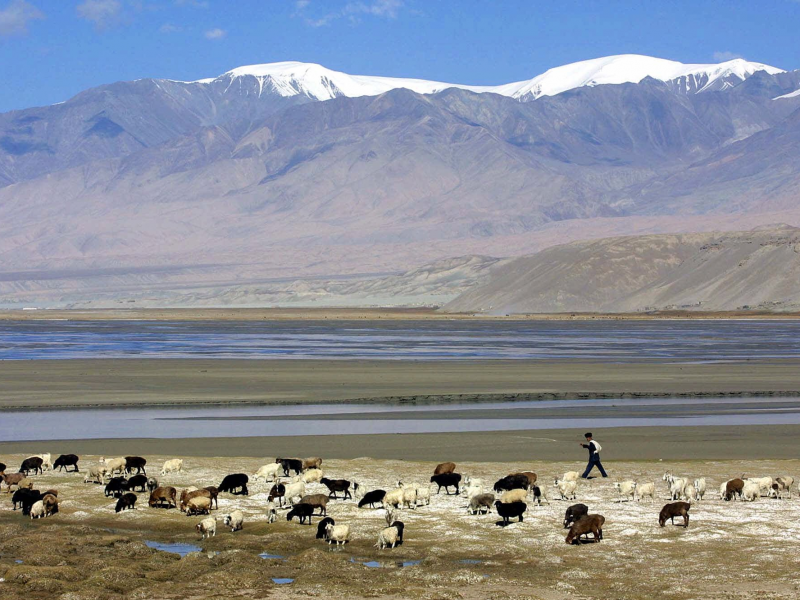
It's mainly farmers who operate in Xinjiang Province, China, and Badakhshan Province in Afghanistan.
Badakhshan province on the Afghan side is especially remote, with a population of less than 1 million people living there even though it is the fifth biggest region in Afghanistan.
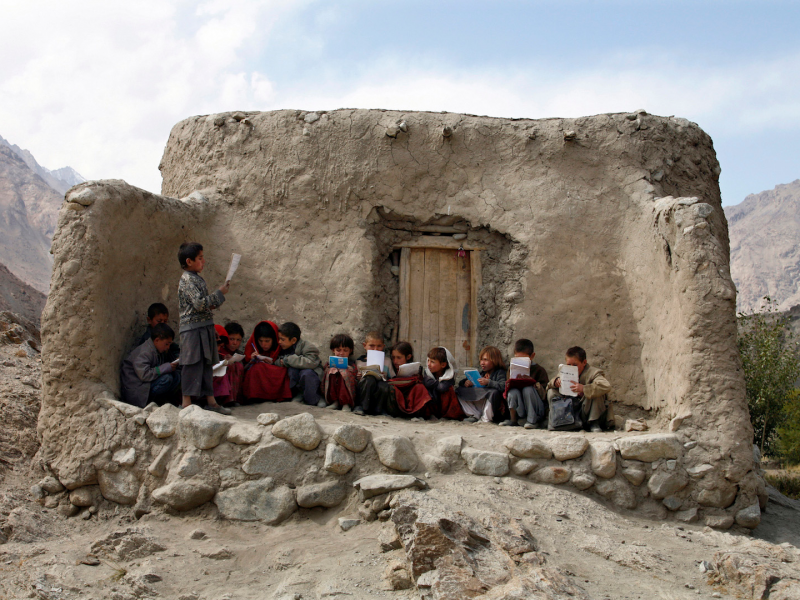
Communities on either side of the border are some of the poorest in their respective countries.
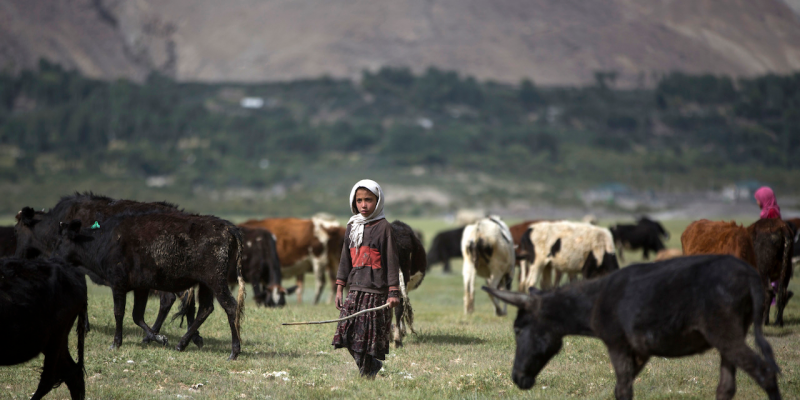
Tashkurgan is the nearest major Chinese town to the Afghanistan border, located to the north of the Wakhjir Pass — and it's fairly breathtaking.
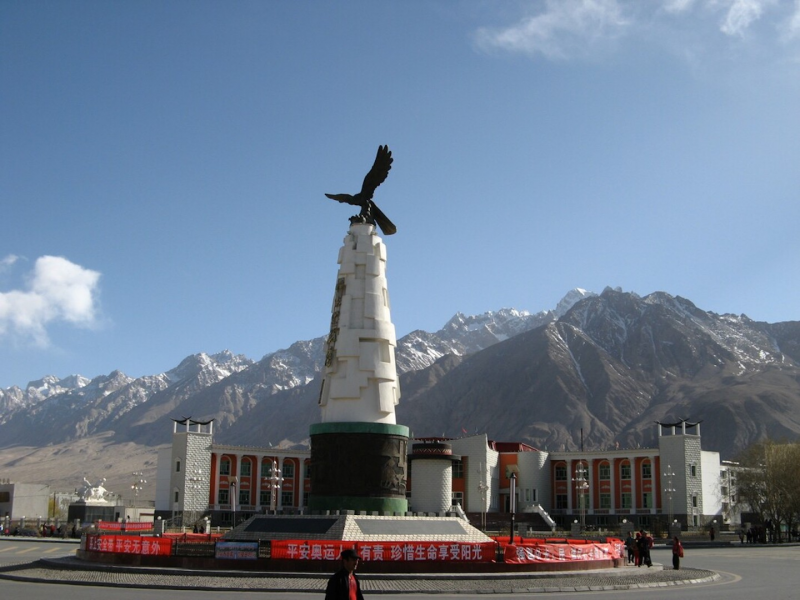
This is the 2000-year-old fort at Tashkurgan. It's rumored that the building was so well fortified that even Alexander the Great was unable to conquer it.
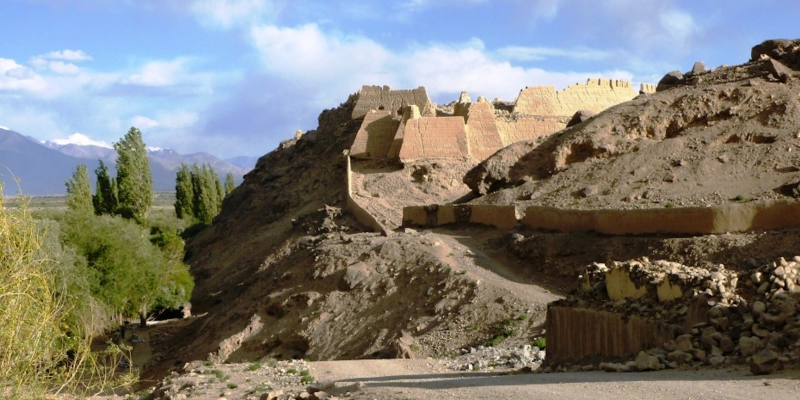
The border is also the key to the Aynak Copper Mine, in central Afghanistan, which China has rented from Kabul since 2007.
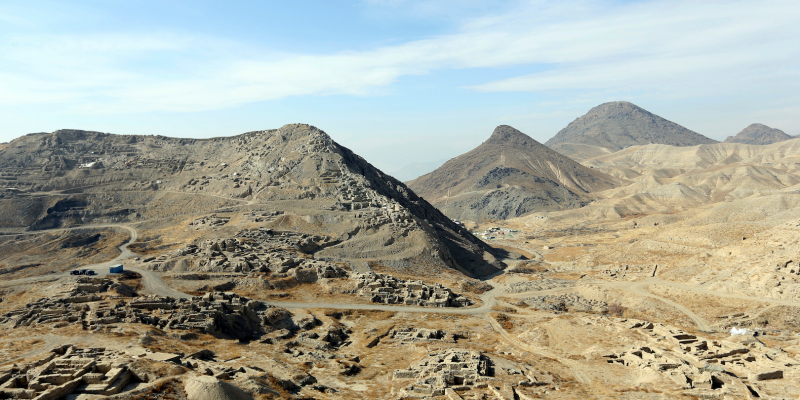
In November 2007, a 30-year lease was granted for the copper mine to the China Metallurgical Group (MCC) for $3.5 billion, making it the biggest foreign investment and private business venture in the history of Afghanistan.
China has offered to build a power plant and a railroad from China to service the mine, which could nearly triple the investment.
Source: TOLO News Afghanistan
It is one of the largest untapped copper deposits in the world — and Afghanistan hopes its vast reserves of minerals could make the country self-sufficient.
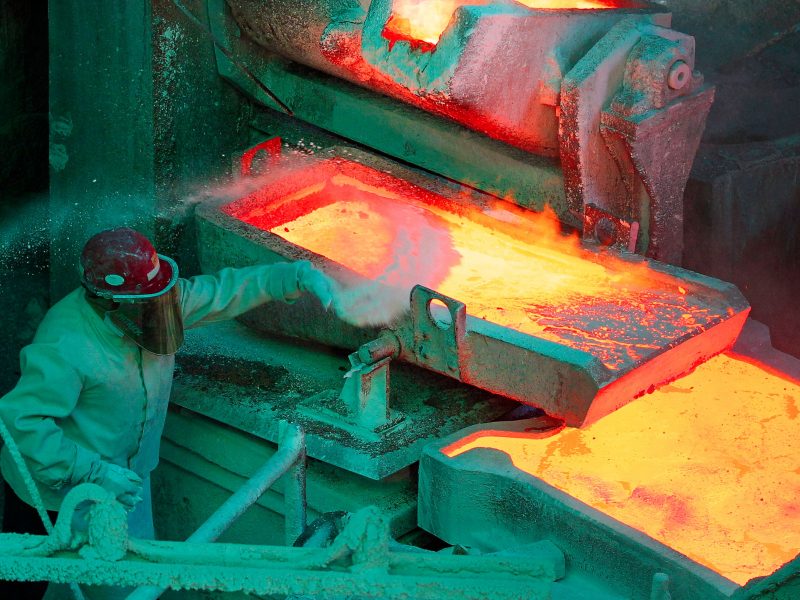
Source: Reuters
The Mes Aynak area in central Afghanistan may be a copper goldmine — but it is also full of priceless ancient treasures. China gave archaeologists just three years to excavate the Buddhist relics in the region before beginning mining operations.
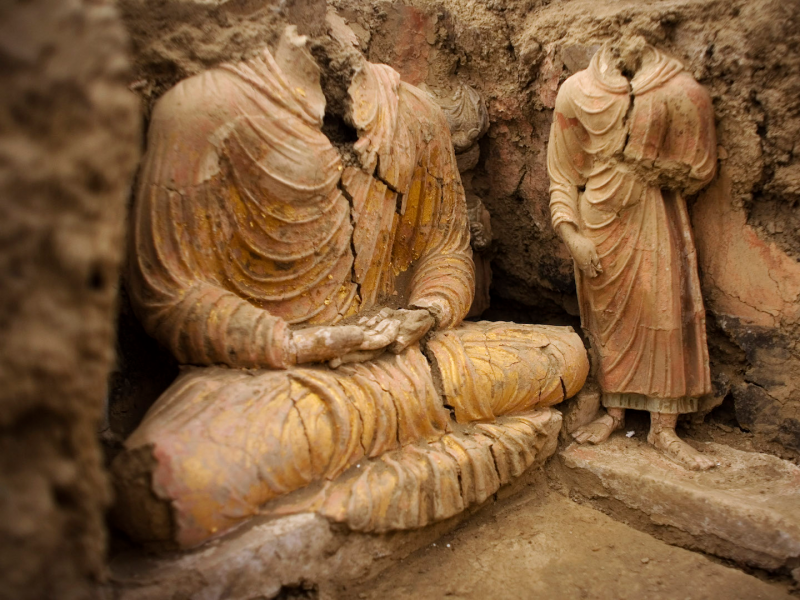
In more recent history, the Wakhan Corridor was overrun by Soviet forces during the Soviet-Afghan War from 1979-1989 — but the area was spared from harsh combat, and has remained largely peaceful since.

The two nations agreed in 2009 to study opening a road between the provinces, though the height of the Wakhjir Pass and the remoteness of the area means it is unlikely to go ahead.
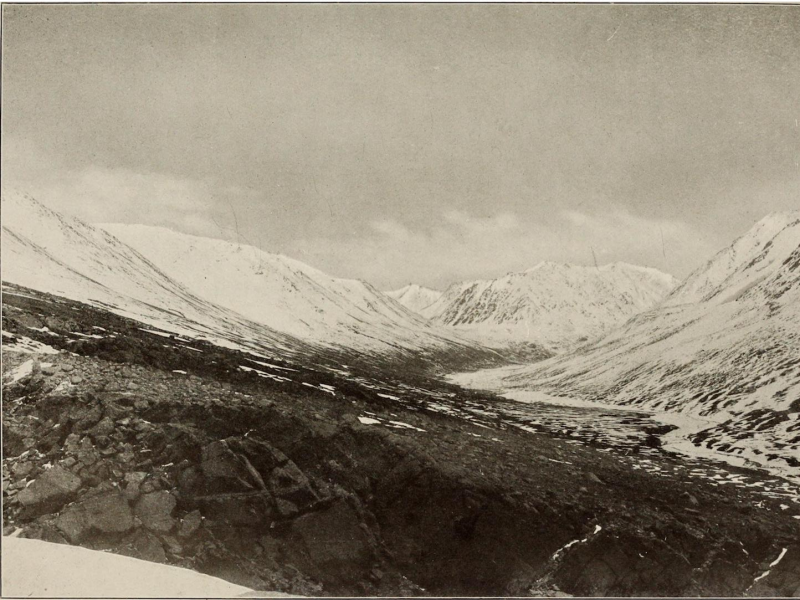
Source: Reuters
The best way to get anywhere high up in the region is still with a yak caravan....
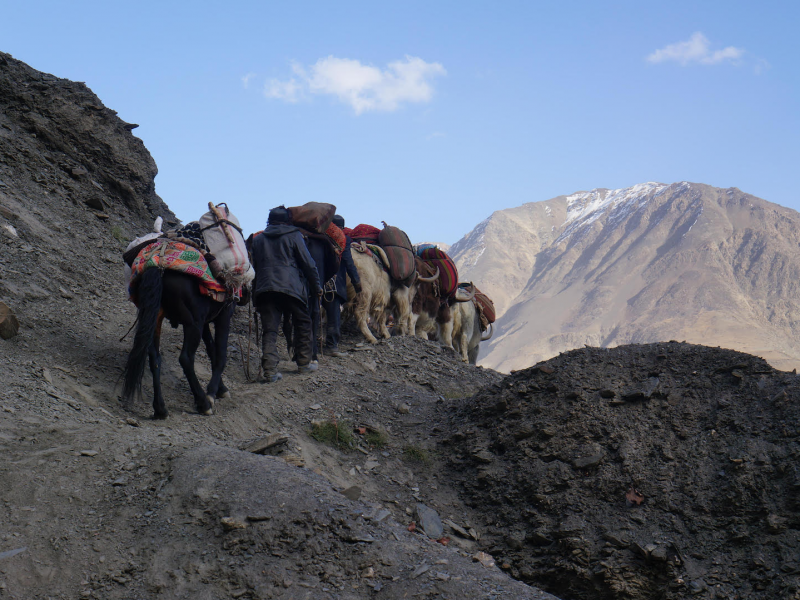
The pass was not just important to China in ancient history. In 2009, then-President Barack Obama asked the Chinese to let the US use the pass to get troops into Afghanistan — China said no.

Source: NPR
The huge Xinjiang region in northwestern China — which Afghanistan borders — is home to just 1.5% of the country's entire 1.4 billion residents.
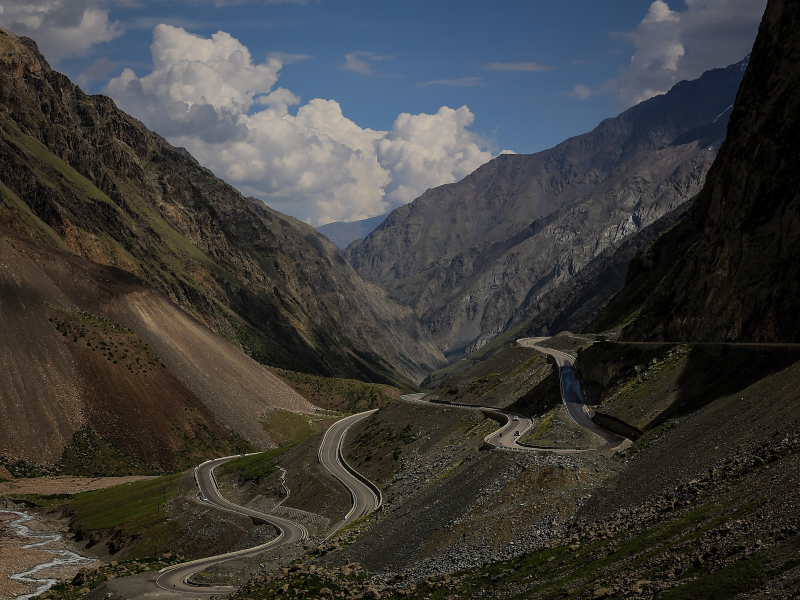
But in 2017, one in five arrests in China occurred there. This is largely down to a longstanding campaign by Chinese authorities to persecute the Uighur Muslim population, a Turkic-speaking minority who live in the region.
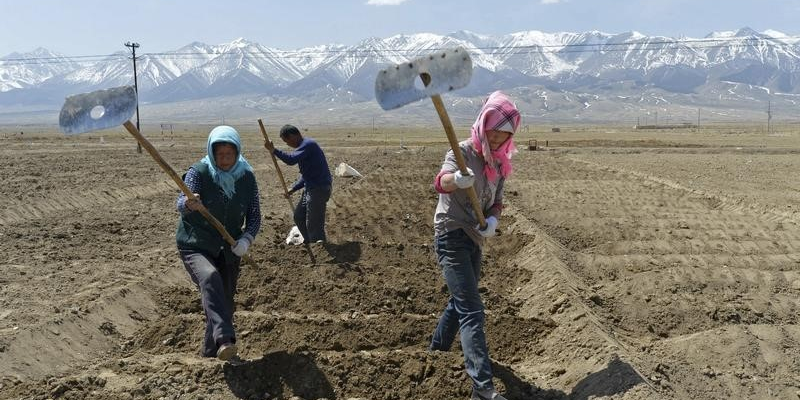
Source: Vox
Uighurs live almost exclusively in the region, and Xinjiang's Kashgar Town is the main settlement from which the Chinese government runs its anti-Uighur activities.
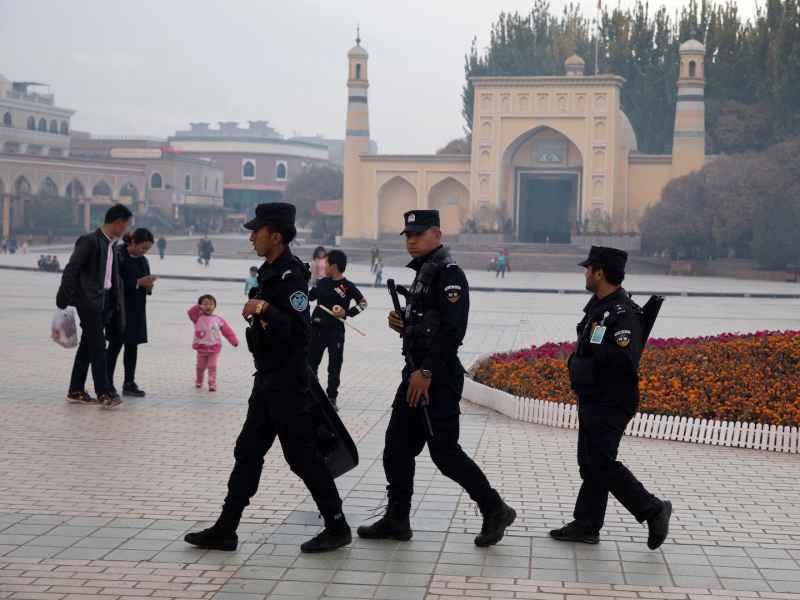
Source: The Guardian
The border is now more vital to to China than ever. Beijing worries violence in Afghanistan could spill over into Xinjiang province, exacerbating the issues already ongoing in the region.

Source: Business Insider
The Turkestan Islamic Party (TIP) — a small separatist group founded by militant Uighurs — has been blamed for violent attacks in Xinjiang, as have Al-Qaeda.
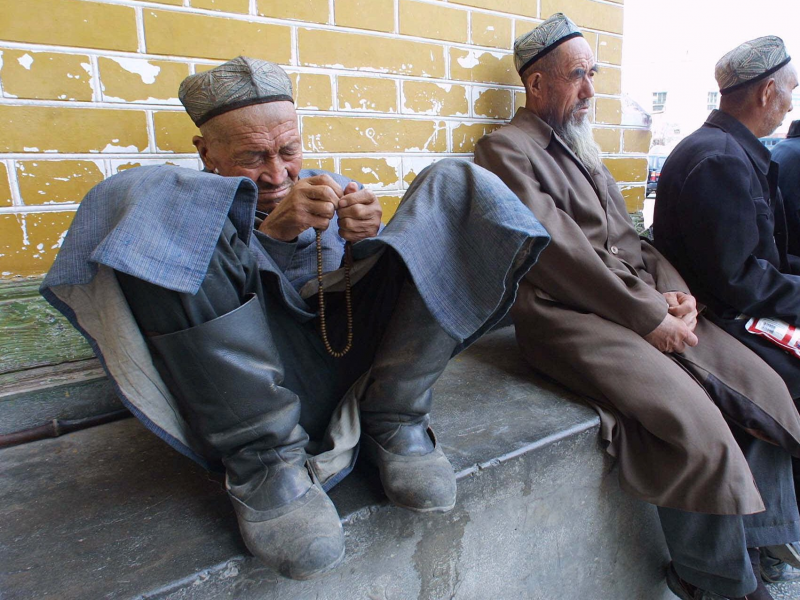
In 2016, China detained around 50 Uighur women married to people suspected of having links with the TIP.
As many as 250 TIP militants are active in Badakhshan province, over the border.
Source: South China Morning Post
So China is cracking down on people with the same ethnic profile. They think the Afghan border potentially offers a geographical weak point for Uighur separatists and terrorists from Afghanistan to sneak through.
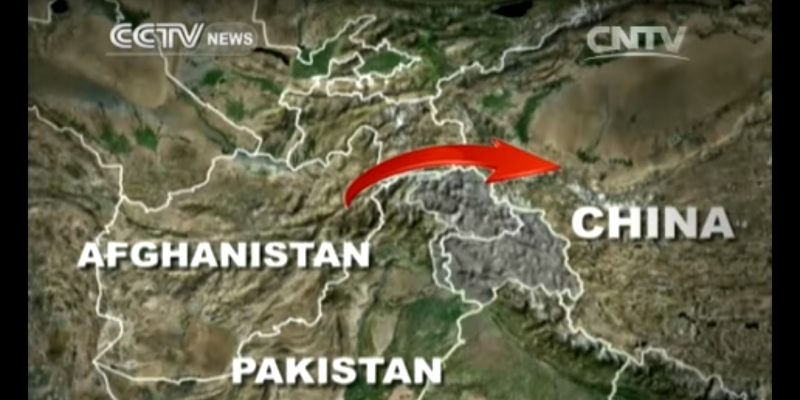
This is why in 2017, reports emerged that China’s security forces were patrolling the usually peaceful and desolate Wakhan Corridor, as it would be easy to sneak through unseen.
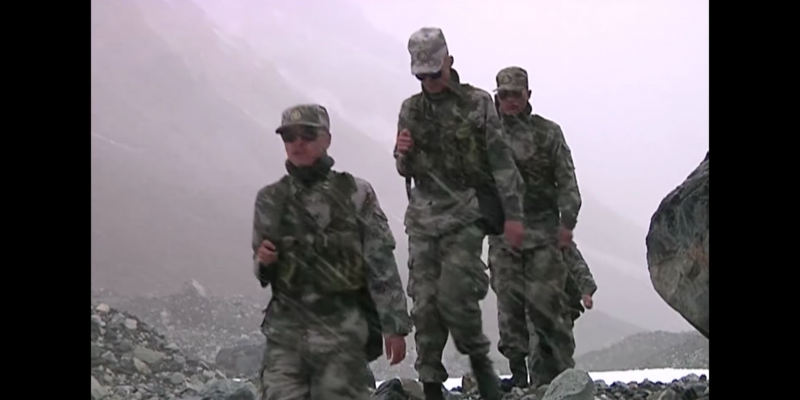
They may have moved in ever earlier, Indian news site Wion showed photos of identifiable Chinese vehicles on Afghan soil as early as October 2016.
Source: FT
Colonel Wu Qian from China vehemently denied the claims.
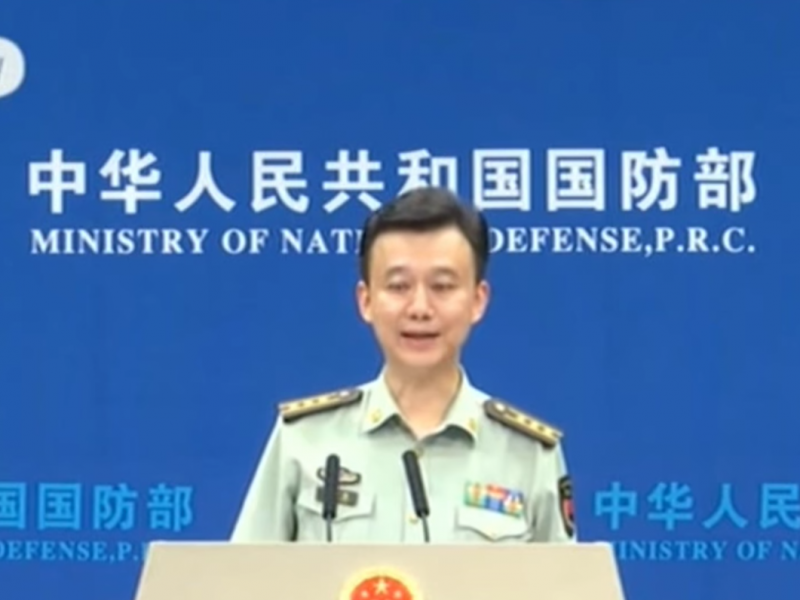
Source: Radio Free Europe
But Agency France-Presse then reported Kyrgyz minority communities had seen Chinese and Afghan military patrolling the area for months.

"The Chinese army first came here last summer [2017] and they were accompanied by the Afghan army," said Abdul Rashid, a Kyrgyz chief, adding that he had seen vehicles flying Chinese flags.
The Afghan army arrived days earlier "and told us that the Chinese army would be coming here," he said, adding: "We were strictly told not to go near them or talk to them and not to take any photos."
Source: AFP and The Express Tribune
And on February 4, 2018, US forces carried out a series of bombings on Taliban militant camps that support a separatist Chinese terror group in Badakhshan.
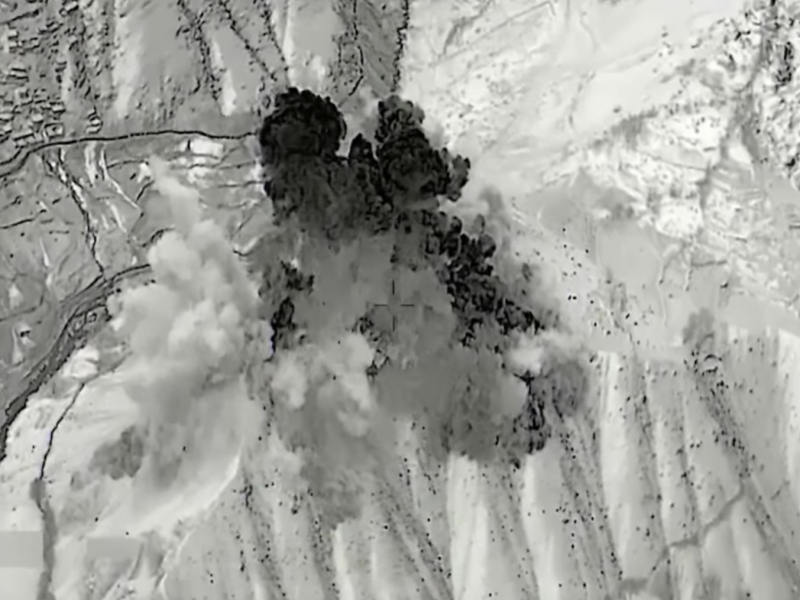
The bombing set a record for the number of precision-guided munitions launched at one time from a B-52 bomber, according to Air Force Maj. Gen. James Hecker.
The camps in remote Badakhshan province supported Taliban operations in Afghanistan and also by the East Turkestan Islamic Movement - set up by members of China's minority Uighur community.
Source: NBC
And then in late March, Pajhwok Afghan News reported two Chinese militants were killed in an anti-terrorism operation in Badakhshan province.
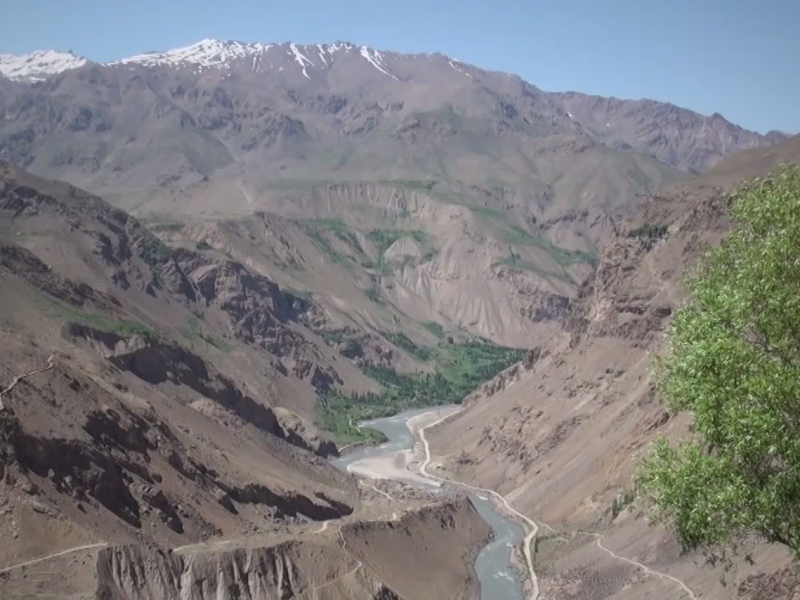
Source: South China Morning Press
In August 2018, China was accused of building an anti-terrorist training camp in northeastern Afghanistan — a sign that it's taking security in the Xinjiang Province seriously.
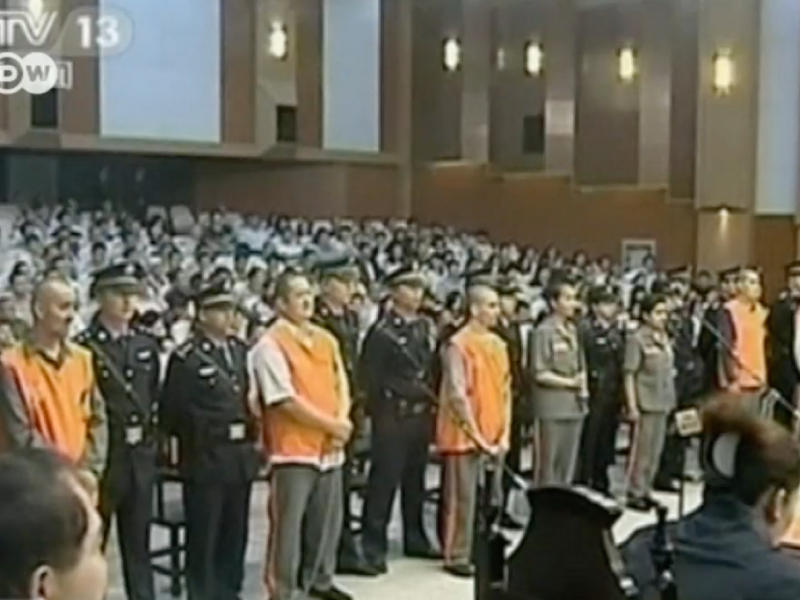
Source: Inkstone News and The Telegraph
The next day China denied that it was building anything, saying it's merely engaged in "normal military and security cooperation" with its neighbor.
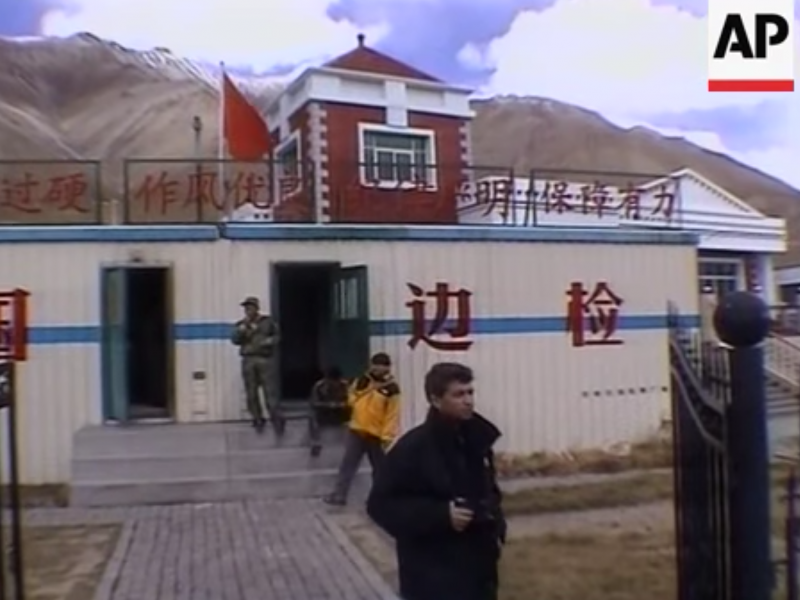
Source: Radio Free Europe
Six months later in January 2018, Afghan General Davlat Vaziri said Afghanistan will build a new military base in Badakhshan — adding that it is being paid for by China.
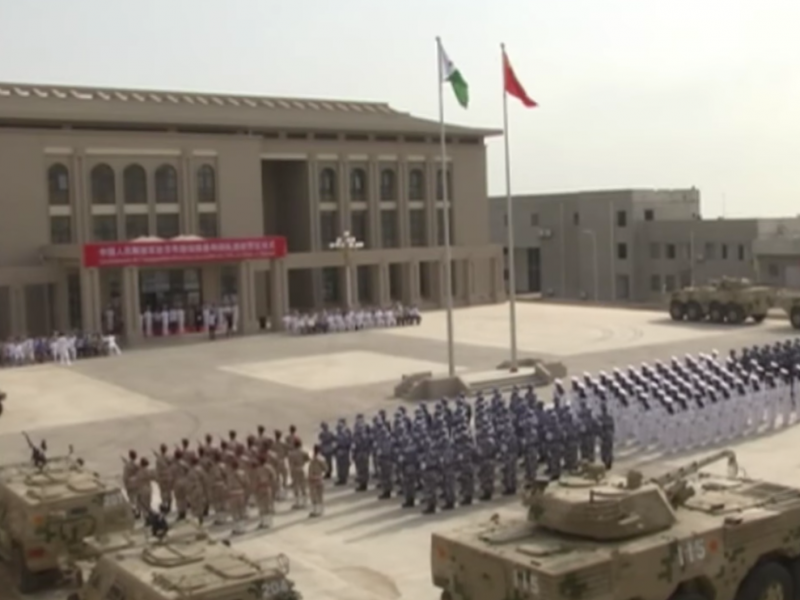
The accord was apparently reached when Afghan Defense Minister Tariq Shah Bahrami visited the Chinese capital at the end of 2017.
Source: The Jamestown Foundation
So relations along the 46-mile border are starting to get shaky.
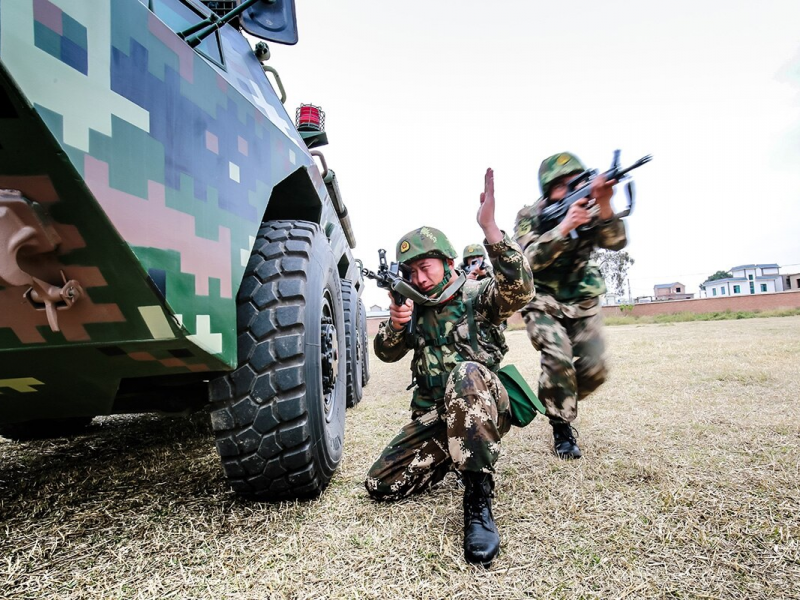
The area, which avoided serious damage during the Soviet occupation of 1979, and during the US invasion after 9/11, is now becoming a Chinese security priority.

